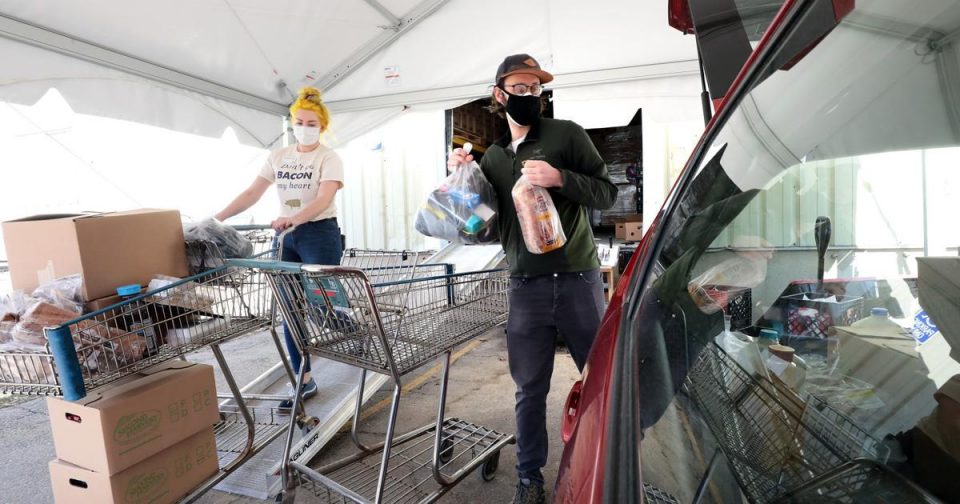Tazelaar said the cost of some food, such as dairy products and eggs, has remained pretty stable. But the costs of other categories, particularly meat and canned goods, have grown significantly, he said, adding the price of ground beef — even at wholesale — is up 44%.
“Those are big categories,” Tazelaar said. “We go through a lot of meat. We go through a lot of canned goods.”
Those most affected by higher grocery bills are people who already visit food pantries, he said, and the increased costs at the grocery store can mean further relying on pantries or turning to inexpensive, unhealthy food options.
Second Harvest saw a 60% increase in people needing food assistance at the height of the pandemic. While the number has dropped, the need still remains 22% above pre-pandemic levels, Tazelaar said. In addition to higher costs, the food bank has been contending with supply chain disruptions, Tazelaar said. In one example, he said an expected three-week delivery of a truck of peanut butter instead took three months.
The River is seeing a drop in the amount of food it recovers from grocers and retailers when products near their best-by or expiration date, Osborn-Senatus said. In the past several months, the nonprofit has received, on average, 7,000 pounds less in recovered food than it normally would from the 110 weekly stops it makes at retailers in the Madison area, she said.


